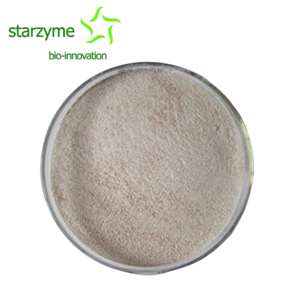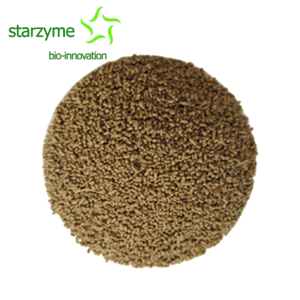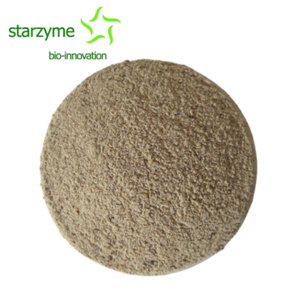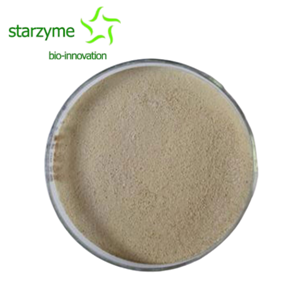Bacillus amyloliquefaciens: Application in Pet Keeping and Aquaculture

Application in Pet Keeping
Although Bacillus amyloliquefaciens is rarely used in pet breeding, its antibacterial effect can still be seen after feeding. Gonz a lezortiz et al. fed adult healthy beagle dogs with 5 × 108 CFU/g of Bacillus amyloliquefaciens (CECT 5940 strain) and Enterococcus faecium (CECT 4515 strain) for 39 days. Before, after, and after 6 days of cessation of feeding, the bacterial count in the feces of the test dogs was measured pH, there was no statistical difference in nutritional digestibility between the experimental and control dogs, but the number of pathogenic Clostridium difficile in feces was significantly reduced (5.64 CFU/g in the control group and 2.94 ± 0.5 CFU/g in the experimental group).

Application in Aquatic Animal Farming
There have been more studies on Bacillus amyloliquefaciens in aquatic animal farming, and it has been found that it can significantly enhance the disease resistance of fish and improve survival rates. Selim added Bacillus amyloliquefaciens concentrations of 1 × 106 CFU/g (G3 group) and 1 × 104 CFU/g (G2 group) to tilapia feed. The results showed that after 15 days of feeding, the bactericidal ability, lytic activity, and NO analysis of the G3 group's fish serum were significantly improved, and the results were also significantly higher than those of the G2 group. After 30 days, the G3 and G2 groups' fish showed even more increase in this indicator. At the end of the experiment, the percentage of viable phagocytic cells decreased significantly. The mRNA levels of IL-1 and TNF - α in the kidneys of G1, G2, and G3 groups of fish increased sequentially.

Fish fed with Bacillus amyloliquefaciens after challenge with Y. ruckeri or Clostridium perfringens had a higher survival rate, indicating that it can enhance the immune and disease resistance of Nile tilapia. Ability. Das et al.'s experiment found that it can produce antibacterial zones against E. tarda, Aeromonas hydrophila, Vibrio parahaemolyticus, and V. harveyi in vitro. After confirming the safety in the experiment on Catfish, Bacillus amyloliquefaciens was added to the feed at concentrations of 1 × 109, 1 × 108, and 1 × 107 CFU/g. After feeding Catfish weighing 25-30 g for 4 and 8 weeks, it was found that Bacillus amyloliquefaciens could significantly increase the production of superoxide anions and NO, increase the concentration of myeloperoxidase and total protein, lysozyme activity, and enhance their ability to resist bacteria. The most significant effect was observed at a concentration of 1 × 109 CFU/g.




